Symptoms
The signs that occur in individuals with neuropathy can be diverse – it all depends on what kind of nerve fibers are affected by the pathological process.
Sensory Neuropathy
Symptoms of sensory neuropathy include various sensory disorders – patients do not feel some sensory stimuli at all, while they may feel others much more strongly than before. In the case of these problems, patients may complain of, among others:
- Numbness and tingling
- Pain sensation conditions (individuals can not feel pain connected to the appearance of different damages, e.g., on their feet, but they may also experience hyperesthesia, as well as exceptionally severe pain, known as neuropathic pain)
- Stabbing sense
- Burning feeling
- Proprioceptive sensation conditions (they may result in clumsiness when moving and even falls)
Motor Neuropathy
Another type of neuropathy is motor neuropathy. In this situation, the pathology affects the nerve fibers that regulate the activity of different muscle cells, and the manifestation of this type of neuropathy include:
- Muscle pain and cramps
- Uncontrolled movements of individual muscles
- Weakened muscle strength
- Loss of tendon reflexes
- Muscular atrophy
Autonomic Neuropathy
Another type of disease discussed is autonomic neuropathies, in which the fibers of the autonomic (vegetative) nervous system are damaged. In this situation, the symptoms of neuropathy are distinct from those shown above and can include:
- Urinary disorders (consisting of both urinary incontinence and problems with initiating micturition)
- Sweating conditions (in the type of either a notable decrease in sweating or exaggerated sweating)
- Dry mouth, a feeling of dry eyes
- Visual disorders (related to abnormal pupil reactions)
- Sexual disorders: erectile dysfunction in men, vaginal dryness in women
- Problem swallowing food
- Bowel disorders: individuals with autonomic neuropathy can have diarrhea and constipation
- Heart rhythm disorders
- So-called hypoglycemia unawareness (in healthy individuals, different signs occur at low blood glucose levels, such as ravenous hunger, hand tremors, or increased sweating – in patients with autonomic neuropathy, such warning manifestation can not occur)
- Orthostatic hypotension (notable drops in blood pressure related to, for example, changing body position from lying to standing)
Causes
Neuropathy can be congenital and acquired. The first of these cases, i.e., a condition in which the patient is born with neuropathy, is rarer. This includes various diseases, primarily those caused by genetic mutations, which can lead to peripheral nerve dysfunction.
Many more factors cause acquired neuropathy:
- Diabetes (may be the primary reason for polyneuropathy. The chance of nervous system dysfunction depends in this case, among other things, on the course of the condition but also the degree of its control – the most vulnerable to neuropathy are those people with diabetes who have high glycemia levels)
- Deficiencies of diverse vitamins and nutrients, especially vitamin B12, vitamin B1, folic acid, and vitamin E
- Poisoning (e.g., lead, mercury, or arsenic poisoning)
- Metabolic disorders (occurring in the course of either kidney or liver failure)
- Different infections (neuropathy may appear in the case of HIV infection or viruses from the Herpes group, but also in the course of syphilis, Lyme disease, and different parasitic infections)
- Diverse autoimmune diseases (such as systemic lupus erythematosus, Guillain-Barre syndrome, or rheumatoid arthritis)
- Hematological diseases (here we mainly mention monoclonal gammopathies)
- Hormonal conditions (such as including hyperthyroidism or acromegaly)
Nerve Damages
One of the most common causes are nerve damages:
- Nerve damage associated with alcohol abuse or alcoholism (alcohol may lead to harm to the structures of the peripheral nervous system, but its abuse can also contribute to neuropathy because in this case, patients often struggle with deficiencies of necessary nutrients)
- Damages leading to nerve damage (such as a fall, a traffic accident, or nerve damage during a surgical procedure)
- Nerve compression (we associate neuropathy with carpal tunnel syndrome as an example of such a phenomenon, but nerve fibers can also be compressed by other types of masses, e.g., developing tumors in their surroundings)
- Nerve damage occurs as a side effect of medications taken by the patient (in this case, neuropathy may occur in people after chemotherapy, but also in patients taking various antiviral, anticonvulsant drugs or even after treatment with some antibiotics)
When analyzing the above, it is perfectly visible that there are an exceptionally large number of causes of neuropathy. Interestingly, however, in a fairly large percentage of patients, the cause of the disorders cannot be found, and then their neuropathy is defined as idiopathic.
Types
Neuropathy has many causes and types. Here are the main ways to categorize these disorders:
- Duration of symptoms – neuropathy can be acute (sudden), subacute (moderate), chronic (long-lasting), or recurrent (comes and goes)
- Cause of the problem – this includes congenital (present at birth), infectious, drug-induced, and entrapment neuropathies
- Number of affected nerves – if one nerve is impacted, it’s called mononeuropathy. If several nerves have issues, it’s called multifocal mononeuropathy. When many various nerves are involved, it’s referred to as polyneuropathy
While these categories are important, the type of nerves affected is often more crucial. There are three main types of neuropathy:
- Sensory neuropathy
- Motor neuropathy
- Autonomic neuropathy
Sometimes, patients can have mixed forms, such as sensory-motor neuropathy. Understanding the type of neuropathy helps identify the different symptoms each patient may experience.
Diagnostics
Diagnosing neuropathy can be complex. First, doctors perform a thorough neurological exam to identify the type of neuropathy, which helps narrow down potential causes.
The physician should consider the suspicion of polyneuropathy when the patient complains of numbness, pain, and other sensory complaints that begin in the feet and progress proximally, involving the knees, then the hips, and then the upper limbs, starting with the hands.
If the symptoms are more chronic, the interview should first verify their potentially neuropathic nature: typical neuropathic pain is located in the distal segments of the limbs or possibly in the field of innervation of a specific peripheral nerve.
The interview should then be aimed at determining the possible etiology of the polyneuropathy. Data on comorbidities should be collected, including metabolic and endocrine diseases and infections. A positive history of autoimmune and connective tissue diseases can help identify the etiology of polyneuropathy in vasculitis. The history of toxic factors should include medications taken currently and in the past and exposure to varnishes, paints, solvents, and heavy metals.

Laboratory Tests
Laboratory tests play a critical role in diagnosing neuropathy. Doctors often order many tests to find out what caused the condition. Common tests include blood count, blood glucose, electrolyte, hormonal, and urine tests.
Patients may also need tests for immunoglobulin levels, protein levels, and vitamin concentrations, such as vitamin B12. Additionally, tests for infections, including HIV, may be recommended.
Sometimes, a patient may undergo a lumbar puncture to collect cerebrospinal fluid for analysis.
The range of tests for neuropathy is broad, and the specific tests chosen depend on what the doctor suspects is the cause.
Other important tests include electrical tests that assess nerve function, helping to confirm the neuropathy diagnosis. Nerve biopsy is less common but may be used if the doctor thinks the neuropathy is due to conditions like sarcoidosis.
Treatment
The function of nerve fibers can be improved by electrostimulation of nerve fibers, although this type of treatment for neuropathy is rarely used.
Treatment of neuropathy is based primarily on controlling the disease that led to it.
In patients with diabetes, treatment intensification may be necessary – balancing the glycemia level will not reverse the damage that has already occurred. Still, it will prevent the appearance of new damage.
In patients with vitamin deficiencies – e.g., vitamin B12 deficiency – supplementation may be necessary for this vitamin.
How To Care for The Nervous System
The nervous system is a network of neurons (nerve cells) that transmit and process signals between the brain and the body. Its tasks include coordinating activities performed intentionally, such as walking and talking, and involuntary ones: heartbeat, digestion, and breathing.
Healthy nerves are the basis for a healthy body and mind – nerve cells constantly transmit information to the brain about everything you feel, touch, smell, taste, see, and hear. In addition, they help muscles respond to stimuli from the environment.
Reduce Unhealthy Habits
Harmful addictions, such as smoking and drinking alcohol, significantly increase the risk of damage to nerve cells. Addictive substances interfere with the absorption of vitamin B, which is why addicts are particularly vulnerable to permanent and irreversible changes in the nervous system.
Proper Diet
Your diet should be balanced and rich in B vitamins, which support the right nervous system functioning. Your daily diet includes whole grains, leafy vegetables, eggs, meat and fish, mushrooms, yeast, and soy. Bananas, apples, blueberries, strawberries, peaches, walnuts, and peanuts also support the right amount of B vitamins.
Supplement Deficiencies
It is worth remembering that there may be a deficiency of B vitamins due to comorbidities, long-term use of an alternative diet, or in people over 50. If such deficiencies are found, a proper diet may be insufficient, so it is worth reaching for a drug that will supplement the low level of vitamins. A consultation with a doctor or pharmacist should precede therapy selection.
Regular Exercise
A healthy body weight helps prevent chronic diseases that increase the risk of nerve damage. However, training the body, mind, and nervous system is necessary. Handwriting will help with this, but so will solving crosswords, Sudoku, or strategy games.
Rest
Good and sufficiently long sleep helps maintain a healthy nervous system, ensuring the regeneration of nerves and brain. A moment of respite is equally important – a relaxing massage or a warm bath can improve blood circulation and relax tense muscles and joints, which benefits the nerves.

Rehabilitation And Polyneuropathy
Planning rehabilitation and exercises should be preceded by a precise diagnosis. An individual treatment plan is created based on this. Once the cause is known, it should be eradicated, i.e., treatment of the underlying disease (e.g., diabetes), discontinuation of contact with the toxic substance, and the introduction of immunosuppressive drugs or immunoglobulins in the case of immunological basis. When discussing idiopathic inflammations, the treatment mainly focuses on relieving symptoms.
The Bobath Method
For polyneuropathy, physiotherapy uses special methods. One of these methods is called the Bobath method (NDT). The main goals of the Bobath method are:
- To help the patient learn proper motor control in different situations
- To reduce abnormal reflexes and encourage movements that replace any harmful habits learned before rehabilitation
- To normalize muscle tone
- To achieve full control over body posture
- To help the patient practice new motor skills in everyday activities
This method is completely safe and can also be used with infants. It is easy to incorporate into daily life. Family members should learn the basics of this method, especially if the patient needs support because of the illness.
The Proprioceptive Neuromuscular Facilitation
The PNF (Proprioceptive Neuromuscular Facilitation) method uses natural movements like daily ones. In addition, it supports the facilitation of movements from proximal to distal directions based on multi-sensory stimulation. Stimulation also includes visual and auditory control. The method is to be conducted in an atmosphere of positive aspects, using the patient’s strengths and supporting their motivation to act. Thanks to it, the therapy brings the most benefits, especially during long-term physiotherapy struggles. The complexity of exercises or movements depends on the patient’s condition, their level of pain, and the range of possible activities. In this method, it is important that in no aspect of rehabilitation does it have painful consequences that will discourage the patient from taking action.
Therapy For Superficial Sensation
This therapy aims to provide new and different sensations. Techniques include rolling and massaging using spiked balls or needle rollers. Patients also recognize objects with different shapes and textures, which can be placed in a bowl of rice or peas for exploration.
Therapy For Profound Sensation
This therapy helps improve awareness of one’s body and spatial orientation. Exercises start easy and progress to more challenging movements, shifting from stable to unstable surfaces.
Gait Therapy
Gait reeducation is important for patients with lower limb paralysis. It includes exercises that mimic normal walking patterns, often using handrails for support.
Water Exercises
Sometimes, the therapist recommends water exercises for better results. These exercises can help with stretching, stability, and ease of movement. The right water temperature can also help reduce pain. We discussed water rehabilitation in one of our earlier articles.
Psychological Therapy
Not every patient requires it, but their good mental condition translates into their willingness and commitment during rehabilitation. People who do not have support in their family environment are more likely to become discouraged or give up after several meetings with the physiotherapist. The psychologist will not only support the patient emotionally but can also practice calming methods with them, which will teach them patience and help them strive for a goal that is within reach, thanks to persistent exercises.
Cryotherapy
Cryotherapy can effectively relieve pain, swelling, and inflammation, as can ultrasound, magnetic fields, and laser radiation.
However, when it comes to physical treatments, experience and a flexible approach from the therapist are necessary. In many patients, thermal treatments are not recommended due to sensory and sensation disorders, which can lead to the opposite results during therapy. However, they are not completely ruled out in some (reasonable) cases.
Sources
- Neuropathy. NIH.
https://www.ncbi.nlm.nih.gov/books/NBK542220/ - Sensory Neuropathy. NIH.
https://www.ncbi.nlm.nih.gov/books/NBK559020/ - Motor Neuropathy. ScienceDirect.
https://www.sciencedirect.com/topics/pharmacology-toxicology-and-pharmaceutical-science/motor-neuropathy - Autonomic neuropathies. NIH.
https://pubmed.ncbi.nlm.nih.gov/32926436/ - Causes. NHS.
https://www.nhs.uk/conditions/peripheral-neuropathy/causes/ - Diagnosis of peripheral neuropathy. NIH.
https://pmc.ncbi.nlm.nih.gov/articles/PMC7650053/ - Treatment. NHS.
https://www.nhs.uk/conditions/peripheral-neuropathy/treatment/ - Physiology, Nerve. NIH.
https://www.ncbi.nlm.nih.gov/books/NBK551652/ - Polyneuropathy. NIH.
https://clinicalinfo.hiv.gov/en/glossary/polyneuropathy - The Bobath Concept (NDT) as rehabilitation in stroke patients: A systematic review. NIH.
https://pmc.ncbi.nlm.nih.gov/articles/PMC8797128/ - Proprioceptive Neuromuscular Facilitation (PNF): Its Mechanisms and Effects on Range of Motion and Muscular Function. NIH.
https://pmc.ncbi.nlm.nih.gov/articles/PMC3588663/
C. Diff: What Is, Epidemiology, Transmission, and More
Asthma: What Is, Causes, Symptoms, and Risk Factors
Lyme Disease: What Is, Causes, Risk Factors, and More
GERD: What Is, Causes, Signs, and More
Bell’s Palsy: What Is, Epidemiology, Causes, and More
Bronchitis: What Is, Signs, Diagnosis, and Treatment
Hashimoto’s Disease: What Is, Causes, Symptoms, and Diagnosis

Vertigo: What Is, Causes, Diagnosis, and Treatment
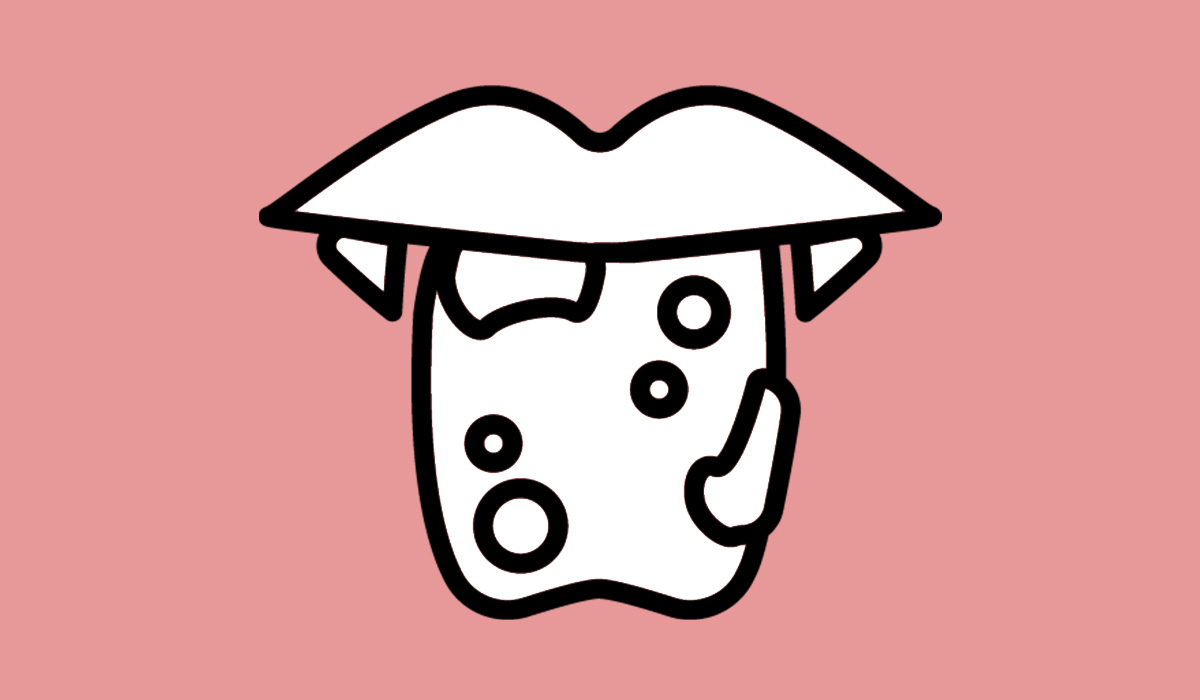
Scarlet Fever: What Is, Causes, Symptoms, and Similar Ailments
Glioblastoma: What Is, Causes, Signs, and More
Sciatica: What Is, Symptoms, Diagnosis, and Treatment
Bipolar Disorder: What Is, Causes, Symptoms, and Phases
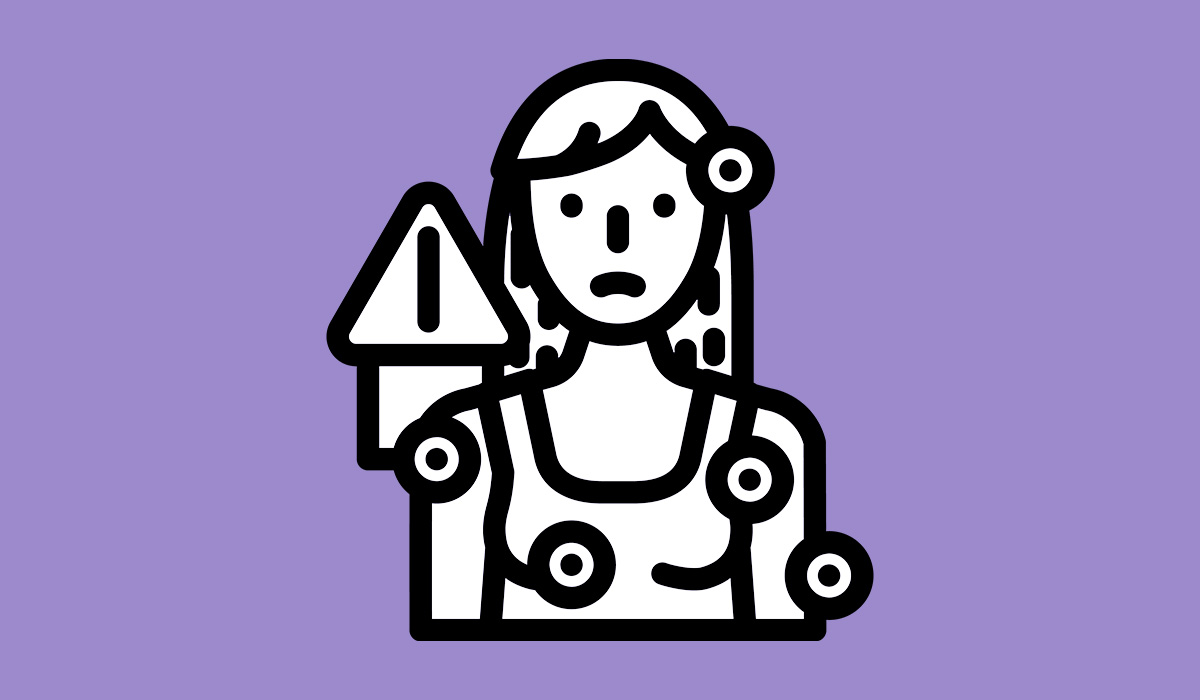
Fibromyalgia: What Is, Causes, Diagnosis, and The Diet
Restless Legs Syndrome: What Is, Causes, Symptoms, and More
Shingles: What Is, Causes, Warning Signs, and Diagnosis
